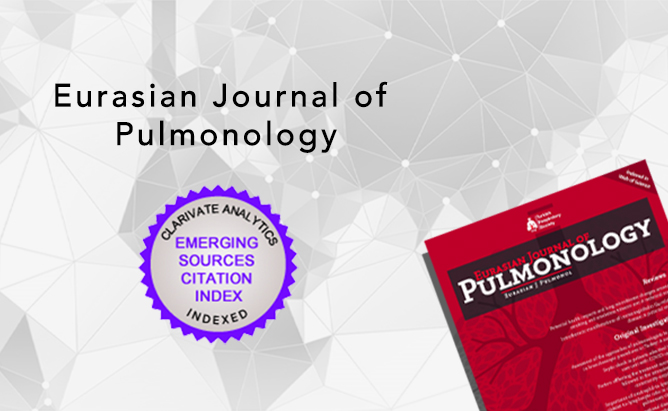2Department of Public Health and Community Medicine, Al-Azhar University, Damietta, Egypt; Faculty of Public Health and Health Informatics, Umm Al-Qura University, Makkah, KSA
Abstract
BACKGROUND: The inflammation that occurs with psoriasis can affect both lungs and raise the risk for chronic obstructive airway disease, and hence, pulmonary function should be studied in patients with psoriasis. AIM OF THE WORK: The study aimed to detect the relationship between psoriasis and chronic obstructive pulmonary disease (COPD). SUBJECTS AND
METHODS: A case–control study was conducted at El-Hussein University Hospital, Al-Azhar University. Sixty patients with psoriasis and sixty control patients were involved in this study. Spirometry was performed in all the study patients.
RESULTS: The present study included 60 psoriasis patients and age- and gender-matched 60 controls fulfilling inclusion criteria. No statistically significant differences were found between two groups as regards age, gender, and residence. However, patients with psoriasis were significantly more frequently smokers, overweight, obese, and diabetic. In addition, obstructive pulmonary functions were significantly higher among psoriasis patients. Overall, COPD was diagnosed in 10.0% of psoriasis patients compared with 5.0% of controls but with no statistically significant difference. The mean forced expiratory volume in 1 s/forced vital capacity ratio and forced expiratory flow at 25%–75% were significantly lower in the psoriasis patients than in the controls (80.4 ± 5.6 vs. 93.1 ± 5.4, P < 0.001 and 85.6 ± 9.1 vs. 95.5 ± 5.8, P < 0.001, respectively). Overweight, obese, and diabetic psoriasis patients were at increased risk of COPD than controls (odds ratio = 2.0, 2.5, and 1.7; 95% confidence interval, 0.89–4.45, 0.86–7.31, and 0.92–3.32), respectively.
CONCLUSIONS: Psoriasis patients were likely to develop COPD. RECOMMENDATION: COPD should be screened by spirometry among psoriasis patients and advise them to stop smoking and control weight and diabetes to reduce COPD development.




 Fareed Shawky Basiony1
Fareed Shawky Basiony1 




